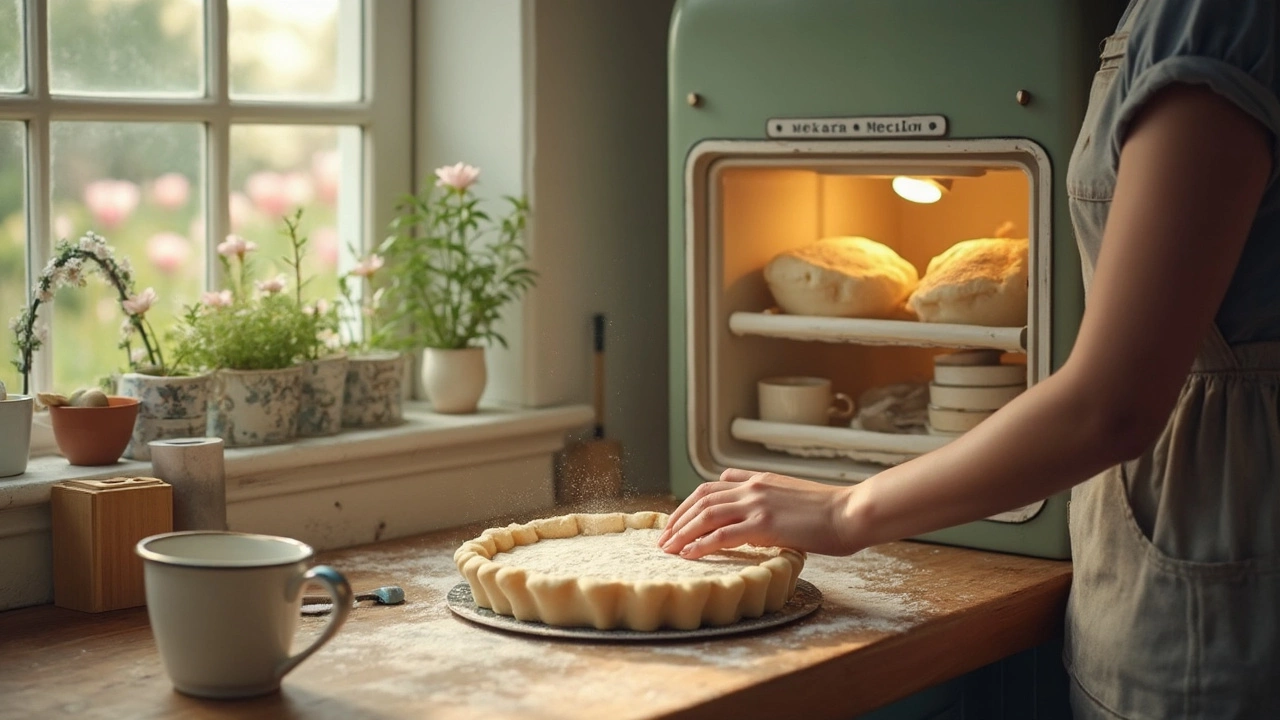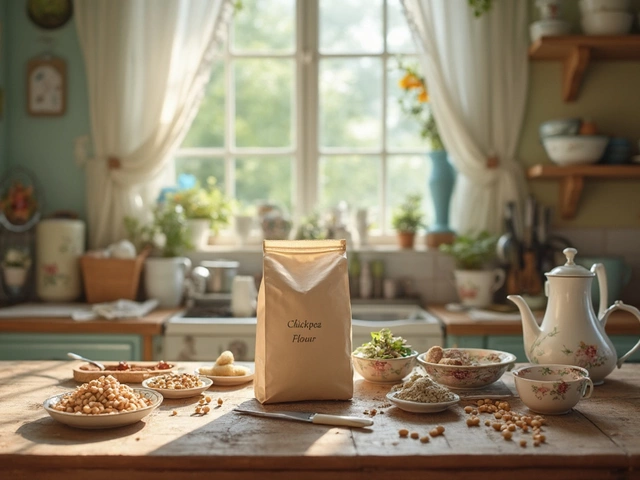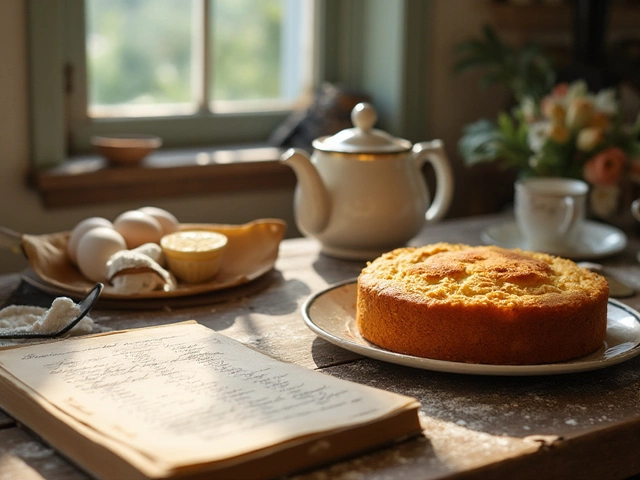Freezing Tips for Cakes, Brownies & More
Ever baked a batch of brownies or a beautiful cake and wished it would last longer? Freezing is the answer, but it’s not as simple as tossing anything in the freezer. The right steps keep your treats moist, flavorful, and ready to enjoy whenever you crave them.
How to Freeze Brownies the Right Way
First, let the brownies cool completely. Warm brownies trap steam, which creates soggy spots later. Slice them into even squares—this makes defrosting faster and cuts waste. Place a sheet of parchment between each piece, then pack them tightly in a zip‑lock bag, pushing out excess air.
For extra protection, add a second layer of foil or a sturdy container. This double barrier stops freezer burn and keeps odors out. Label the bag with the date; brownies are best used within three months. When you’re ready, pop a few squares in the fridge for an hour, then warm them in the oven at 350°F for 10 minutes for that fresh‑out‑the‑oven feel.
Freezing Cakes Without Losing Flavor
Cake layers freeze better than whole cakes. Trim any frosting off, then wrap each layer tightly in plastic wrap. Follow with a layer of aluminum foil to lock in moisture. If you have a pre‑frosted cake, freeze it uncovered for an hour to set the frosting, then wrap it as described.
Store the wrapped layers in a freezer‑safe container. When you need a slice, thaw the layer in the fridge overnight, then re‑apply fresh frosting or glaze. This method keeps the crumb soft and avoids a dry texture that can happen when a whole frosted cake thaws too quickly.
Don’t forget your frosting! Buttercream and cream cheese frosting can be frozen in small containers. Thaw them slowly in the fridge, then give them a quick whisk to bring back their creamy consistency. Ganache and fondant also freeze well; just bring them to room temperature before using.
Beyond brownies and cakes, cookies, muffins, and even cheesecake can be frozen with similar steps. Cool completely, wrap tightly, and keep a tight seal. For crumbly items like crumble tops, store them separately and add after thawing to keep the texture crisp.
Temperature matters. Keep your freezer at 0°F (‑18°C) or lower. Fluctuating temps cause ice crystals that damage texture. If you’re short on freezer space, stack items flat and use freezer‑grade bags that are less likely to tear.
When you’re ready to serve, remember the golden rule: slow thaw = better texture. Move the frozen treat to the fridge a night before, then finish at room temperature if needed. A quick microwave zap can revive a brownie, but watch it closely—you don’t want a rubbery result.
Freezing doesn’t have to be a gamble. With these simple steps you’ll keep your baked goodies fresh, tasty, and ready whenever the mood strikes. So next time you bake in bulk, stash the leftovers confidently—your future self will thank you.






